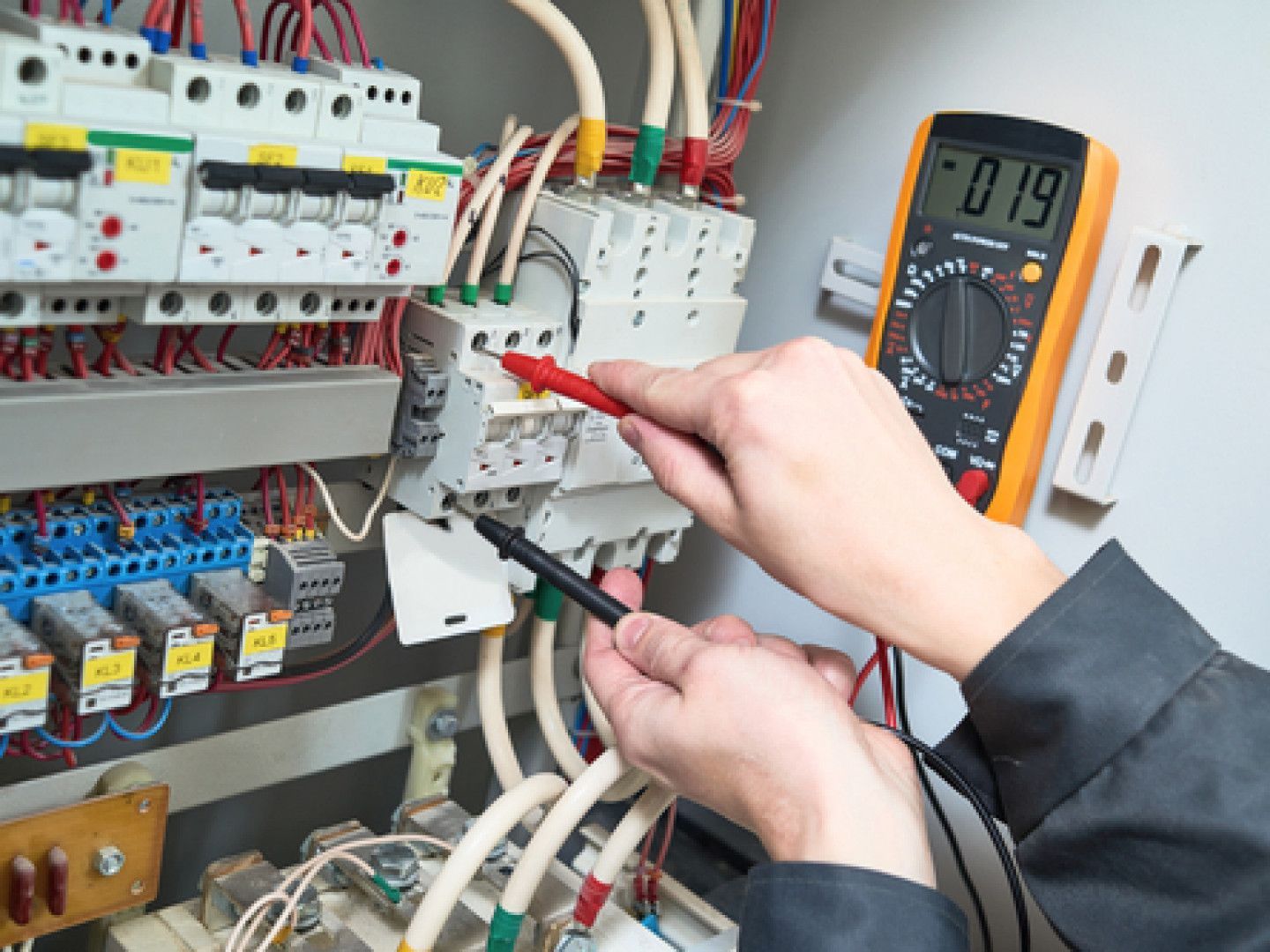BLOG
Blog

January 16, 2024
In an era where uninterrupted power is crucial for our daily lives, generator installation has become a necessity rather than a luxury. Whether you're preparing for potential outages or seeking a reliable backup solution, understanding the ins and outs of generator installation is key. Let's explore the benefits, considerations, and steps involved in securing a seamless power supply for your home. Why Generator Installation Matters: Uninterrupted Power Supply: Generator installation ensures that your home remains powered even during unexpected outages. This is particularly crucial for areas prone to severe weather conditions, where power disruptions are more common. Home Safety and Security: A functioning generator keeps essential systems running, such as security alarms and lighting. This not only safeguards your property but also ensures the safety and well-being of your family during power outages. Preserving Perishables: Refrigerated and frozen goods are at risk during power outages. Generator installation guarantees that your food remains fresh, preventing unnecessary waste and ensuring you're always prepared. Business Continuity: For those who work from home or run a home-based business, generator installation is a critical component of ensuring uninterrupted operations. It safeguards against financial losses and maintains productivity. Considerations Before Generator Installation: Power Requirements: Assess your home's power needs to determine the appropriate generator size. Consider essential appliances, lighting, heating, and cooling systems to ensure your generator can handle the load. Fuel Type: Generators typically run on propane, natural gas, or diesel. Choose a fuel type based on availability, convenience, and your specific requirements. Each fuel type has its own set of advantages and considerations. Location Matters: Proper placement of the generator is crucial for safety and efficiency. Consider factors such as ventilation, accessibility for maintenance, and local regulations when selecting the installation site. Transfer Switch Installation: A transfer switch is a key component that ensures a smooth transition between the main power supply and the generator. Professional installation of a transfer switch is essential for safety and functionality. Steps in Generator Installation: Site Preparation: Clear the installation site, ensuring it's level and free of debris. Adequate ventilation is crucial to prevent heat buildup during operation. Generator Placement: Install the generator on a concrete pad or secure surface. Follow manufacturer guidelines for proper anchoring and ensure it is positioned to facilitate easy access for maintenance. Fuel Connection: Connect the generator to the chosen fuel source, following manufacturer instructions. This may involve installing a dedicated fuel line for propane or natural gas. Electrical Wiring: Install the transfer switch and connect it to your home's electrical panel. Professional electricians should handle this step to ensure compliance with safety standards. Testing and Maintenance: Once installation is complete, conduct thorough testing to ensure the generator functions as expected. Regular maintenance, including fuel checks, oil changes, and system inspections, is essential for long-term reliability. Conclusion: Generator installation is an investment in the reliability and safety of your home. By understanding the considerations and following proper installation steps, you can ensure a seamless power supply when you need it most. If you're considering generator installation, consult with professionals to assess your specific needs and find the perfect solution to empower your home with uninterrupted power. Stay prepared, stay empowered.
